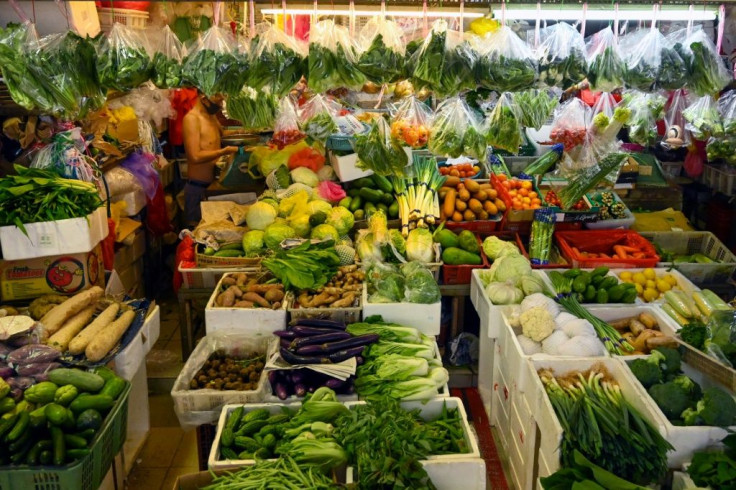12 Weird Veggies You Should Try For National Eat Your Vegetables Day 2021
KEY POINTS
- National Eat Your Vegetables Day recognizes the vital role that vegetables play in our health
- This special day is celebrated annually on June 17
If you don't already have a love for vegetables, then June 17 is a great time to start. On National Eat Your Vegetables Day, we acknowledge the vital role that the leafy greens play in our overall health. The day is most often celebrated by cooking up vegetables in the kitchen.
In light of National Eat Your Vegetables Day 2021, here are 12 of the weirdest and perhaps lesser-known vegetables that you should try, courtesy of Love The Garden, Bored Panda and Healthline.
Romanesco
Covered in spiral-like shapes and a bright green hue, the Romanesco is an eye-catching vegetable. It is rich in polyphenol antioxidants that help fight against cancer and boost the immune system.
Delicata squash
What distinguishes the delicata from other squashes is its thin, tender skin that can be eaten without peeling the outer rind. Characterized by long, vertical stripes and a shape similar to eggplant, this squash is low in calories and carbohydrates.
Fiddleheads
Think of fiddleheads as baby vegetables as they are the leaves of young ferns who haven't unfolded yet. They're harvested from immature ferns, which explains the curled shape. Fiddleheads are rich in vitamin A, vitamin C and manganese.
Jicama
The sweet flesh of Jicama comes from the root of the Pachyrhizus erosus vine. According to Healthline, this vegetable is packed with Vitamin C, a vitamin that acts as an antioxidant to help fight against chronic diseases.
Sunchoke
The iron-rich sunchoke is the product of the Jerusalem artichoke. Not to be confused with ginger root, sunchokes help regulate the blood sugar levels in the body as well as promote digestive health.
Ramps
Ramps are a type of wild onion that is closely related to garlic and shallots. The vegetable has been associated with helping reduce the risk of developing cancer and heart disease.

Kohlrabi
When translated in English, this German term means turnip cabbage. It is a low-calorie snack that is popular in India and has a crunchy texture to it.
Celeriac
Celeriac tastes a lot like, well, celery. It's a great low-carb substitute for potatoes and can be enjoyed raw. The vegetable is also a good source of phosphorus, vitamin K and potassium.
Rutabaga
A cross between a turnip and a cabbage, rutabagas resemble turnips in appearance. It is low in calories and rich in various nutrients, including magnesium -- a mineral that helps fight depression and has anti-inflammatory properties.
Mashua
Mashuas produce tubers that are peppery in flavor and they come in different colors. These tubers have been found to have antibacterial properties as well as antioxidant effects. However, experts suggest eating the vegetable in moderation as it may harm testicular function.
Buddha's Hand
The Buddha's hand may look less like a hand and more like an octopus for some, but the vegetable is known to have therapeutic benefits, such as relieving pain, treating respiratory issues and reducing inflammation in the gastrointestinal system.
Horned Melon
Like a watermelon with an edge (literally), the horned melon promotes red blood cell production and blood sugar control. This is also loaded with iron, zinc and protein.

© Copyright IBTimes 2025. All rights reserved.





















